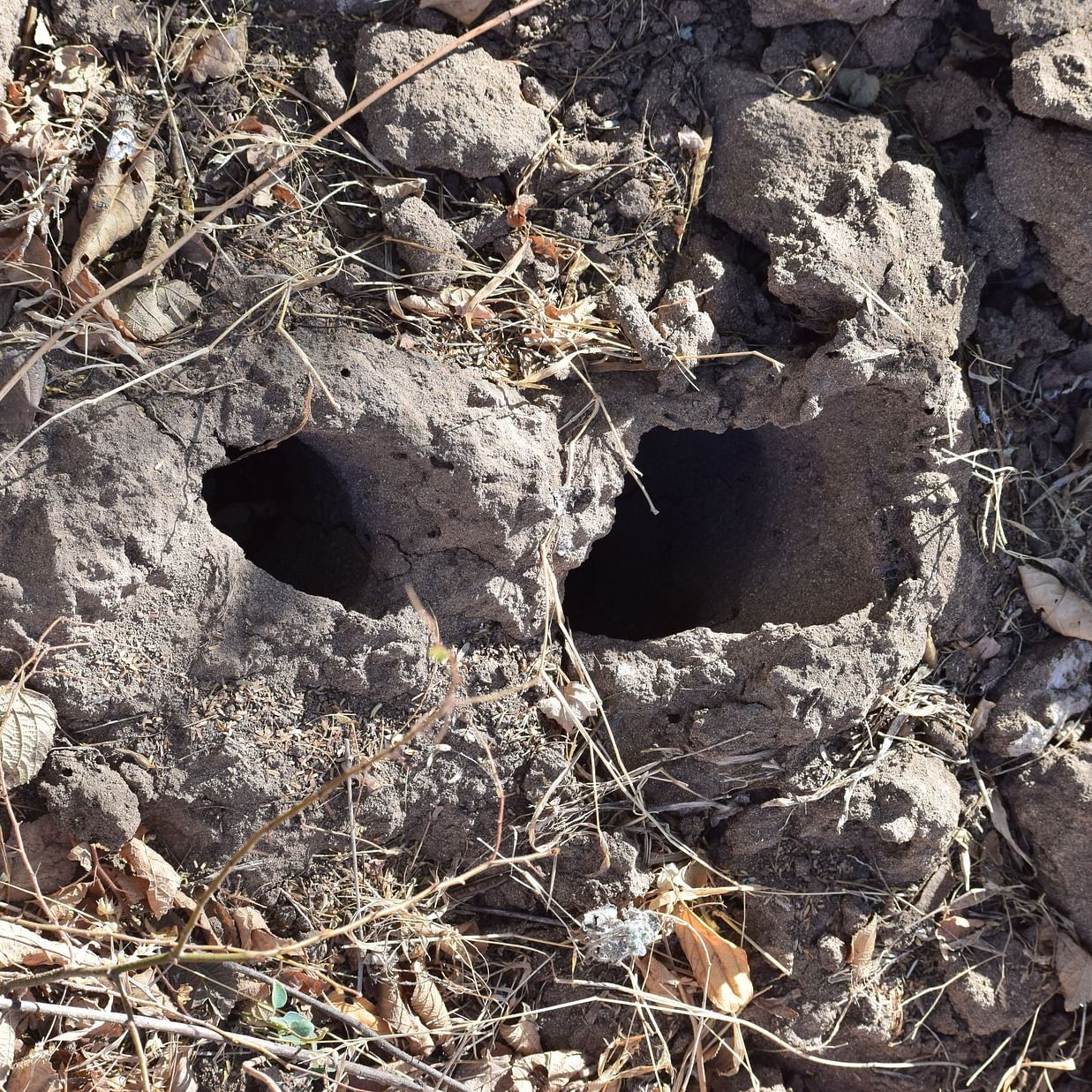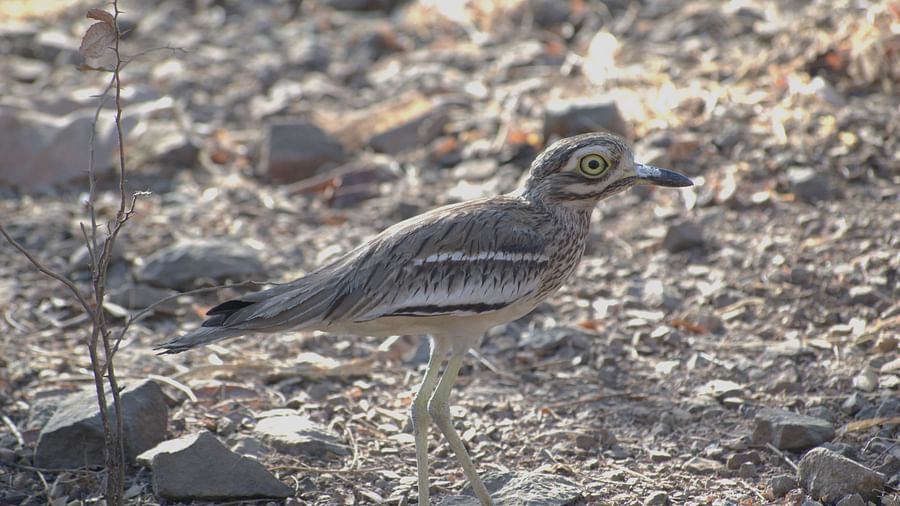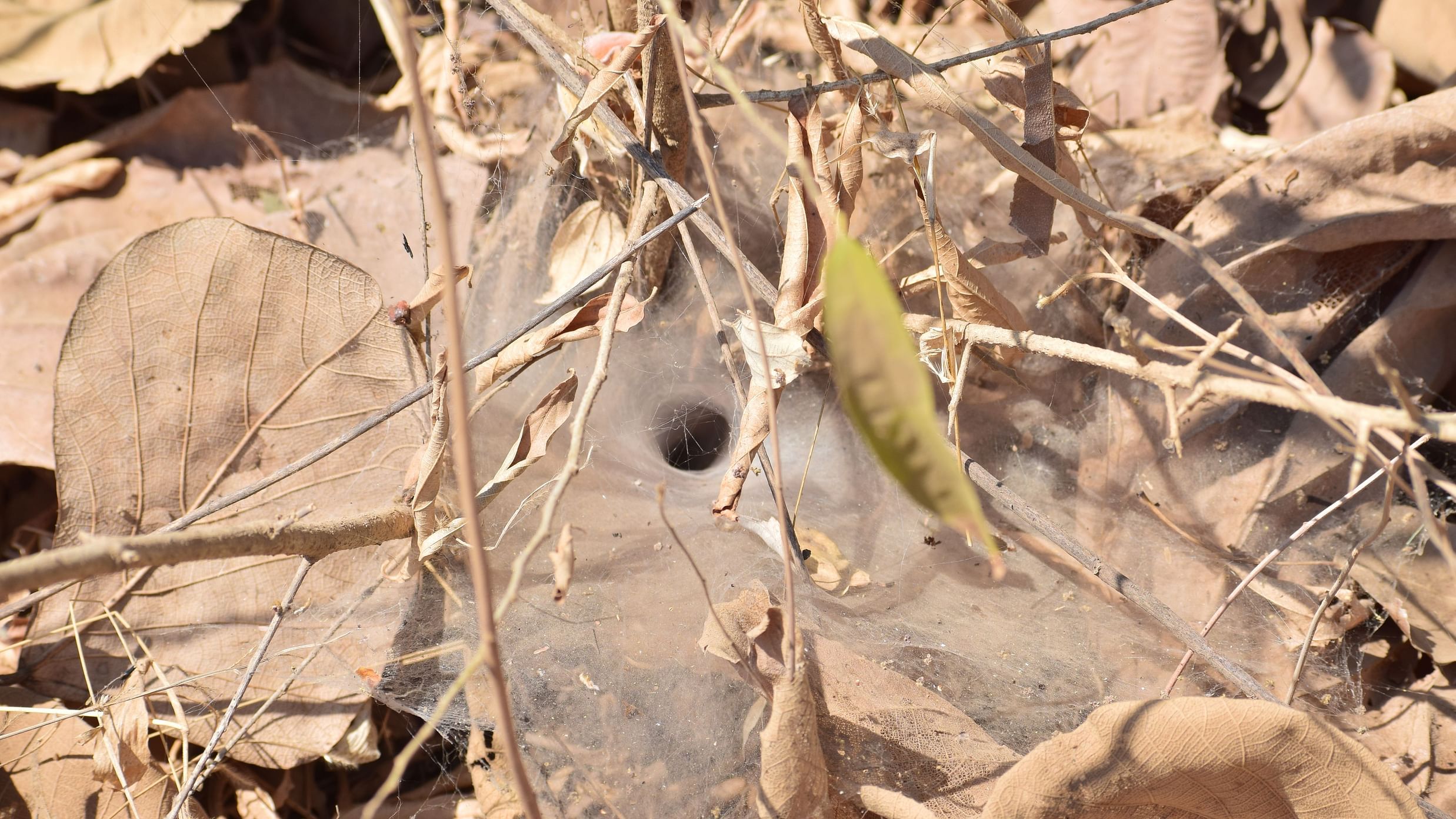- An ode to the forest
- Welcome to Chai Time at Aramness
- Food That Nourishes
- Experience the Aramness Way
- Take A Walk On The Wild Side
- That Wonderful Time of the Year
- A Truly Iconic Safari Experience
- Diversity of life in the Gir ecosystem
- The Winter Season Safari Premiere
- From A Naturalist's Lens
- Embracing Stillness in Gir
- The Feathered Friends of Gir
- Our Closest Connection to Wilderness
- The Cuddly Side of Lions
- What Deer & Parakeets Reveal About Gir’s Wild Heart

When on a safari in the Gir National Park, there’s simply so much to look forward to. Our Naturalist Piyush shares a few of his favourite highlights.
Khada Ness is about a century-old Maldhari Ness in the Gir National Park. This pastoral society lives a simple life; they live in small mud houses located deep in the forests. Maldharis are cattle shepherds and earn a living by selling dairy products, majorly milk. This community strongly believes in enjoying the simple pleasures of life. Their peaceful coexistence with the Asiatic lions in the park is what makes it a one-of-a-kind story, indeed.


A common misconception - most of us think of termite mounds as snake homes but these are homes built by termites and they live in colonies. Colonies are divided into three main types: Workers: to find food, Soldiers: to defend the nest; and Queens: to reproduce and lay eggs.
More importantly, termites feed on dead and decaying organic matter like logs and dead wood in a forest. They form an important link in the recycling of nutrients in the forests by breaking down wood and organic residues on the ground, which would otherwise take years to decay by microbes.


On a recent game drive, a lot of fascinating creatures captured my attention. Let me take you through my collection:
Barbet Calling

Changeable Hawk Eagle

Siberian Stone Chat

Brown Fish Owl

Indian Vulture

Stone Curfew

Woolly Necked Stork

Greater Painted Snipe

Indian Golden Jackal

Webbing of a funnel web spider amongst leaf litter
Bhilo & Kanio – the two males who have been named after their territory by their trackers. These two sibling males rest, hunt and feed together, as well as mark territories and hold the area.


